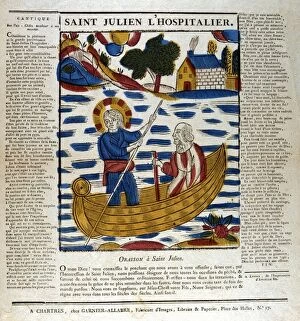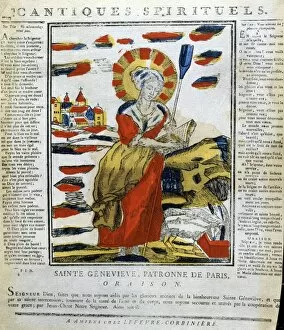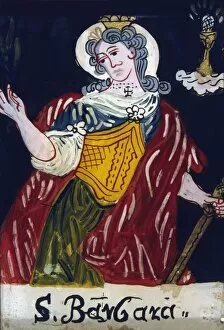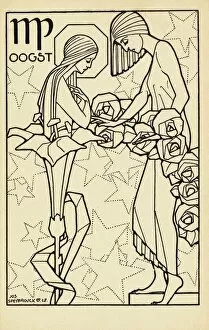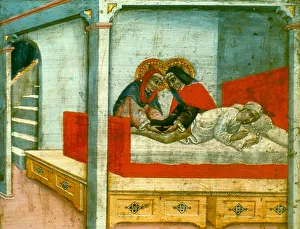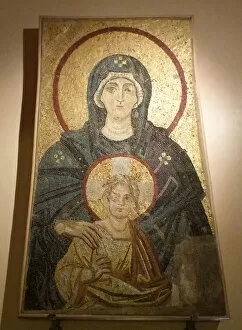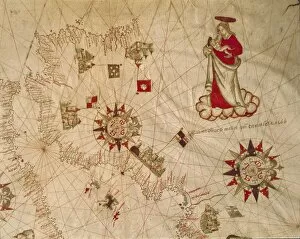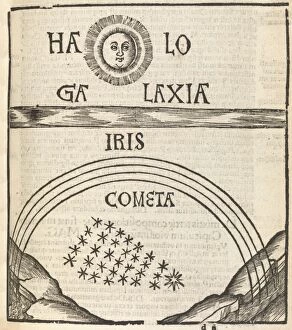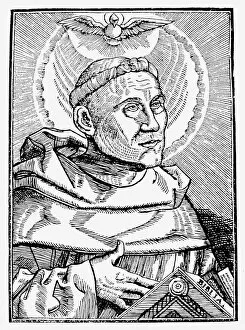Halo Collection (page 91)
"Halo: A Divine Symbol of Light and Majesty" The halo, a timeless symbol of divinity and enlightenment, has adorned religious icons throughout history
All Professionally Made to Order for Quick Shipping
"Halo: A Divine Symbol of Light and Majesty" The halo, a timeless symbol of divinity and enlightenment, has adorned religious icons throughout history. From the Greek Orthodox icon of Christ's resurrection in Thessalonica, Macedonia, Greece, to the depiction of The Holy Trinity in the 1420s, this celestial aura transcends borders and continents. Intricately painted with tempera on panel during the Renaissance period by skilled artists like William Holman Hunt, halos became synonymous with heavenly radiance. They illuminated figures such as The King of Kings and embodied Jesus as The Light of the World in his c1851-1853 masterpiece. Not limited to Christianity alone, halos also found their place in other faiths. An ancient Coptic art piece from Egypt showcases Christ alongside Abbott Mena on a wooden canvas dating back to the 7th century AD. Meanwhile, Hindu gods Krishna and Rada are depicted with divine halos in India. Even beyond religious contexts, halos continue to inspire awe-inspiring artwork worldwide. In Geneva's Taize icon or Kopan monastery's portrayal of Manjushri - the deity embodying knowledge - these radiant circles serve as a visual representation of spiritual enlightenment. Halos have stood the test of time as symbols that transcend cultures and beliefs. Whether it be St. Teresa of Avila immortalized on canvas or early 12th-century frescoes adorning Bet Maryam Church in Lalibela; they remind us that there is something greater than ourselves – an ethereal light guiding our path towards higher realms. As we gaze upon these sacred depictions across centuries and continents alike, let us remember that within each halo lies not only divine majesty but also an invitation for us all to seek illumination within ourselves – becoming beacons amidst darkness just like those depicted throughout history.


